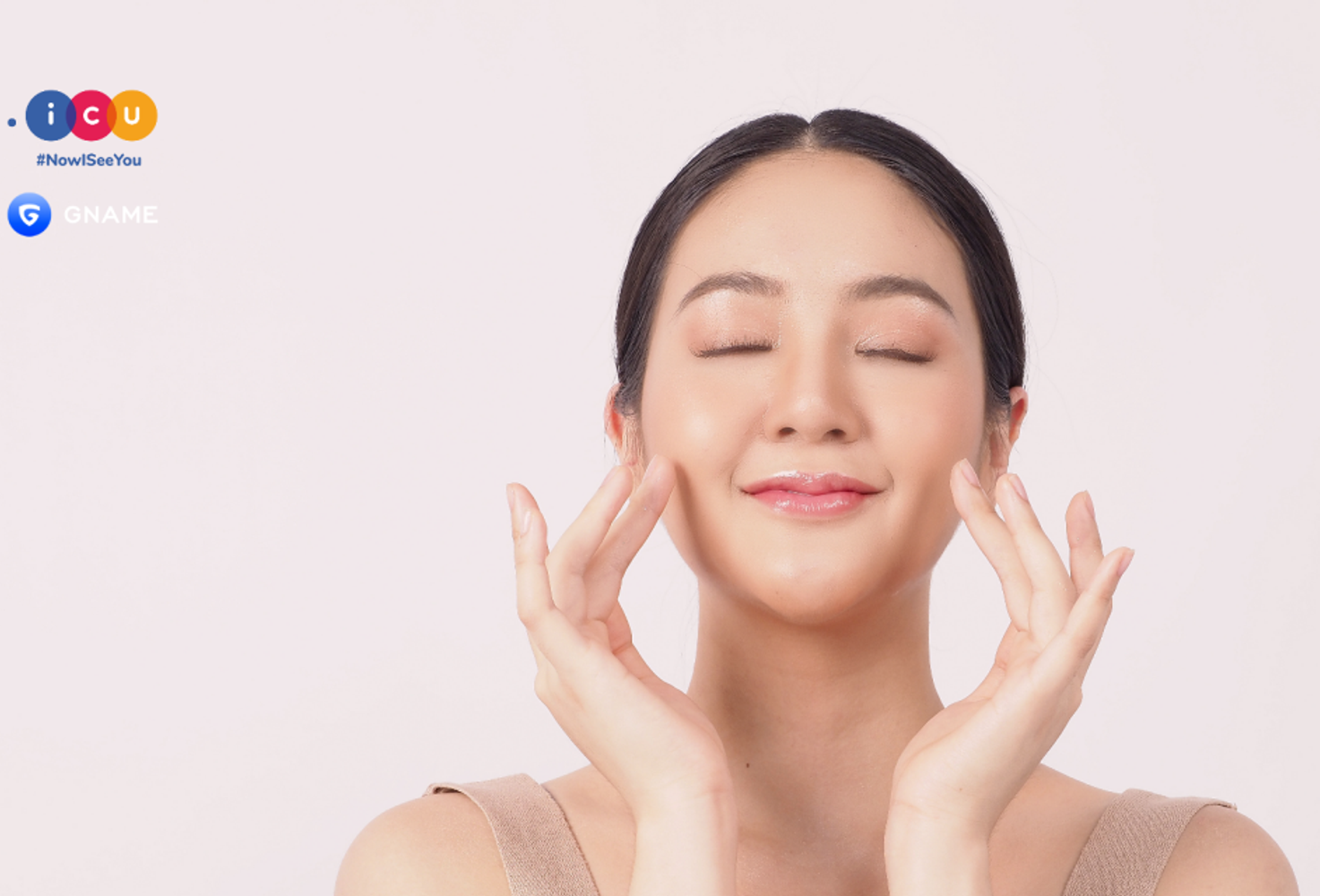The beauty industry in Asia has undergone a remarkable transformation in recent years, driven by the digital revolution that has taken the region by storm. One of the most significant changes is the skyrocketing popularity of online beauty shopping. As e-commerce continues to redefine the way consumers shop for beauty products, the Asian market has witnessed a seismic shift from traditional brick-and-mortar stores to virtual beauty aisles. In this blog post, we delve into the factors contributing to the rise of online beauty shopping in Asia, its impact on the industry, and the challenges and opportunities it presents.

The Growth of E-Commerce in Asian Beauty A Shift in Consumer Behavior The digital era has ushered in a new era of consumer behavior, with Asians increasingly turning to online platforms for their beauty needs. Convenience, a vast product selection, and the ability to compare prices and read reviews from the comfort of one's home have all contributed to the appeal of online beauty shopping.
Mobile Commerce Dominance Asia, known for its high mobile penetration rates, has seen a surge in mobile commerce. Beauty brands and online retailers have capitalized on this trend by developing user-friendly, mobile-optimized websites and apps. Consumers can now browse and purchase beauty products seamlessly using their smartphones, making the entire shopping experience more accessible and immediate.
Rise of Social Commerce Social media platforms have become virtual marketplaces for beauty enthusiasts, with influencers and brands leveraging these channels to showcase and sell products. Social commerce has become a powerful force, blurring the lines between content and commerce. Instagram, Facebook, and other platforms serve as virtual beauty storefronts, allowing users to discover and purchase products directly through these channels.
Impact on Traditional Retail
Challenges Faced by Brick-and-Mortar Stores
The rise of online beauty shopping has presented challenges to traditional brick-and-mortar stores. Many consumers now prefer the convenience of online shopping, where they can explore a wide range of products without the constraints of physical locations. This shift has prompted some beauty retailers to reevaluate their strategies and enhance their online presence to stay competitive.
Omnichannel Strategies
To adapt to changing consumer behavior, some beauty brands have embraced omnichannel strategies, integrating both online and offline channels. This approach allows consumers to experience a seamless journey between digital platforms and physical stores. For example, brands may offer in-store experiences complemented by online tutorials, exclusive online promotions, and the convenience of home delivery.
Digital Transformation of the Beauty Shopping Experience
Virtual Try-Ons and Augmented Reality
One of the key advancements in online beauty shopping is the integration of virtual try-ons and augmented reality (AR). These technologies allow consumers to virtually test products, such as lipsticks, eyeshadows, and even hairstyles, before making a purchase. This not only enhances the online shopping experience but also reduces the uncertainty associated with buying beauty products without physically trying them.
Personalized Recommendations through AI
Artificial intelligence (AI) has revolutionized the way beauty products are recommended to consumers. Advanced algorithms analyze user preferences, skin types, and concerns to provide personalized product recommendations. This level of customization ensures that consumers find products tailored to their specific needs, increasing customer satisfaction and loyalty.
The Role of .icu Domain Extension Amidst the digital revolution, the role of domain extensions becomes crucial, and the .icu extension (short for "I see you") available on platforms like Gname stands out as a compelling choice. In the bustling online beauty marketplace, a .icu domain can convey a sense of visibility and connection. It resonates with the essence of the beauty industry, where individuals seek products that align with their personal style and preferences. A .icu domain extension can be a memorable and meaningful addition to beauty brands, creating an online presence that goes beyond transactional interactions and fosters a sense of recognition and acknowledgment.
Challenges and Opportunities
Counterfeiting and Product Authenticity
The rapid growth of online beauty shopping has brought about challenges related to counterfeit products and product authenticity. Counterfeit beauty products not only pose health risks but also damage the reputation of authentic brands. E-commerce platforms and beauty brands are working together to implement stringent measures, such as authentication processes and holographic labels, to ensure the legitimacy of products sold online.
Access to a Global Marketplace
While challenges exist, the online beauty boom has opened doors to a global marketplace for Asian beauty brands. E-commerce allows these brands to reach a broader audience beyond their local markets, enabling them to showcase the unique aspects of Asian beauty and skincare to a diverse, international customer base.
Conclusion
The rise of online beauty shopping in Asia marks a transformative period for the beauty industry. The convenience, accessibility, and innovations brought about by e-commerce have redefined the way consumers discover and purchase beauty products. Traditional retail is evolving, with brands adopting omnichannel strategies to provide a seamless shopping experience across online and offline channels. As technology continues to advance, the digital transformation of the beauty industry in Asia is likely to accelerate, presenting new opportunities for brands and reshaping the beauty landscape for consumers across the region and beyond. With the addition of the .icu domain extension, brands can further enhance their online visibility and connection with consumers in the ever-expanding digital beauty space.






















